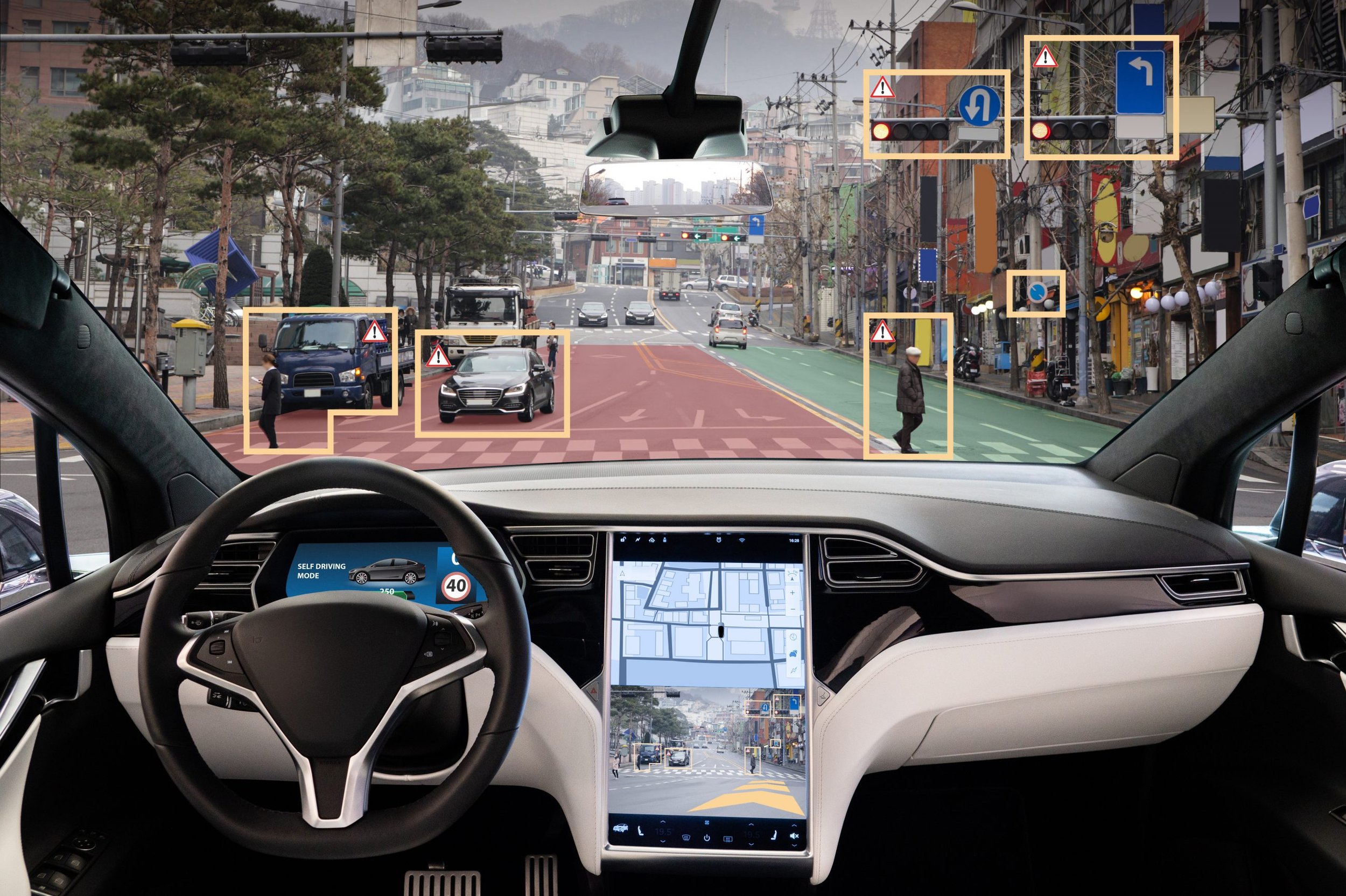FCC Chairwoman, Jessica Rosenworcel
The recent announcement of an upcoming 2.5 GHz band spectrum auction for mid 2022 may lead some to dig in on the perception that midband frequencies are here to stay, and that the higher, millimeter wave frequencies are too difficult to work with and will be slowly phased out over time, but for scattered usage in ultra dense urban settings, stadium venues and the like.
This may or may not be the case, but the upcoming spectrum auction will have little or nothing to do with such a trend. Auction 108 (2.5 GHz), as it is being called, is intended to allow for improved coverage across large swathes of rural lands and less populated regions of the country. Millimeter waves were never intended to cover such spread out geographical areas.
New York City Metropolitan Area
The unanswered question is where will the dividing line generally fall between higher frequency 5G service and midband 5G service? Perhaps along the outer suburbs of metropolitan areas. Perhaps closer to the urban centers or even further out to the edge of more rural regions.
These are compelling questions being answered in real time. Ask these questions to any expert in the wireless industry and you will get a different answer from each. This is because the answer is not yet clear. Little by little, segment by segment, the major carriers are piecing together their 5G networks across the nation, learning valuable lessons as they go.
As your 5G telecommunications expert consultant, Hoplite is carefully tracking these trends so that your jurisdiction always adopts the best practices available, and reviews small wireless facility applications through the lens of holistic awareness and local concerns.







